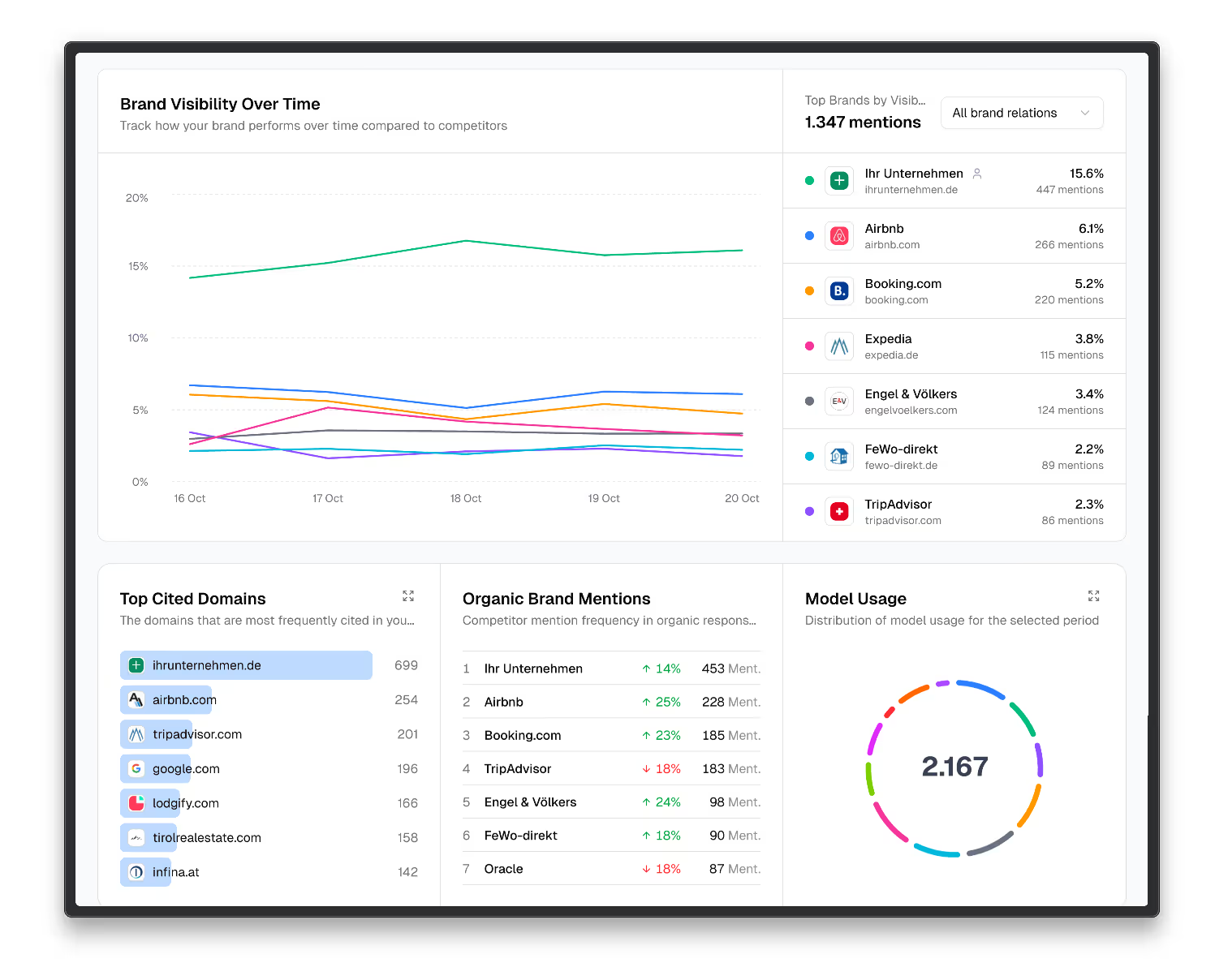Was ist eine Website-Interaktion?
Website-Interaktion bezieht sich auf die Art und Weise, wie Benutzer mit einer Website interagieren und auf die verschiedenen Elemente, Inhalte und Funktionen der Website zugreifen. Eine effektive Website-Interaktion ist entscheidend für die Benutzerfreundlichkeit und das Benutzererlebnis (User Experience, UX) einer Website. Sie kann beeinflussen, wie Besucher die Website wahrnehmen, wie lange sie auf der Website bleiben und wie gut sie ihre Ziele auf der Website erreichen:
- Navigation: Die Navigationsstruktur einer Website sollte klar und benutzerfreundlich sein. Benutzer sollten leicht verstehen, wie sie auf verschiedene Seiten und Abschnitte der Website zugreifen können. Dies umfasst die Verwendung von Menüs, Seitentiteln, Links und Breadcrumbs.
- Benutzerfreundlichkeit: Die Website sollte benutzerfreundlich gestaltet sein, wobei der Schwerpunkt auf der intuitiven Benutzeroberfläche, klaren Anweisungen und der Minimierung von Verwirrung liegt.
- Interaktive Elemente: Interaktive Elemente wie Buttons, Formulare, Dropdown-Menüs, Suchfelder und Schaltflächen sollten leicht zu bedienen und ansprechend gestaltet sein.
- Multimedia-Inhalte: Die Integration von Multimedia-Inhalten wie Bilder, Videos und Audio-Dateien erfordert oft interaktive Elemente wie Bildergalerien, Video-Player und Audio-Steuerungen.
- Suchfunktion: Die Website sollte eine Suchfunktion bieten, um Benutzern das Auffinden spezifischer Informationen oder Produkte zu erleichtern.
- Feedback: Rückmeldungen an Benutzer in Form von Bestätigungsseiten, Fehlermeldungen und Benachrichtigungen sind wichtig, um den Nutzern ein klares Bild über den Fortschritt ihrer Aktionen auf der Website zu geben.
- Mobile Interaktion: Da immer mehr Benutzer mobile Geräte für den Zugriff auf Websites verwenden, ist die mobile Interaktion von großer Bedeutung. Dies umfasst die Optimierung der Website für verschiedene Bildschirmgrößen und Touchscreen-Gesten.
- Barrierefreiheit: Die Website-Interaktion sollte auch die Bedürfnisse von Menschen mit Behinderungen berücksichtigen, indem sie barrierefreie Designprinzipien und Hilfstechnologien unterstützt.
- Leistung: Die Geschwindigkeit und Leistung der Website beeinflusst die Interaktion erheblich. Schnelle Ladezeiten und flüssige Interaktionen sind entscheidend für das Benutzererlebnis.
- Analyse und Optimierung: Durch die Verwendung von Webanalyse-Tools kann die Website-Interaktion verfolgt und analysiert werden, um mögliche Verbesserungen zu identifizieren und das Benutzererlebnis zu optimieren.
Die Gestaltung einer Website mit einer effektiven Interaktion ist ein kontinuierlicher Prozess, der Benutzerfeedback, Usability-Tests und Anpassungen an sich ändernde Anforderungen und Technologien erfordert. Eine positive Website-Interaktion trägt dazu bei, die Zufriedenheit der Besucher zu steigern, die Absprungrate zu reduzieren und letztendlich den Erfolg der Website und ihrer Ziele zu fördern.
